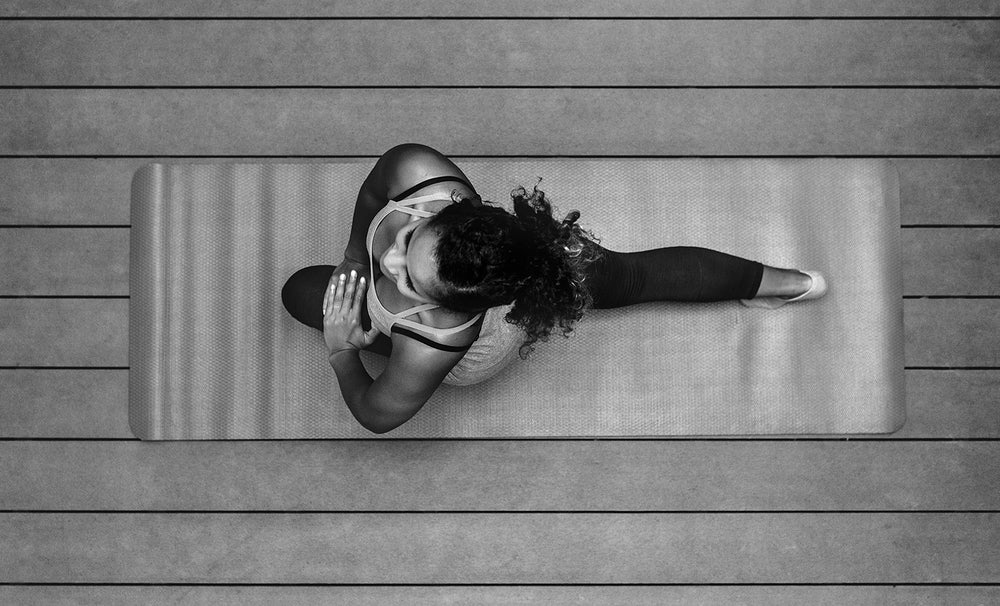
VO2 Max – Physiological Mechanisms and Training Adaptations
VO2 Max is defined as the maximum rate of oxygen consumed during incremental, intensive exercise.
Mary-Anne, a 27-year-old sedentary female has begun aerobic exercise with a current VO2 Max of 52Ml/Kg/Min. 6 Months later, through swimming, cycling, and running, she increased her VO2 Max to 52Ml/Gk/Min.
Below I will outline the physiological mechanisms and training adaptations involved with this significant increase by associating VO2 Max with the various components of the Fick equation.
The Fick equation is an underlying principle to VO2 Max as it is an equation for a client’s theoretical VO2 Max.
Energetics of exercise is the first place to start when explaining the increase in VO2 Max. The same as oxygen is the primary source of energy. It converts carbs as well as fats into usable energy for muscles. (I.e. the more oxygen in the bloodstream = greater endurance). The 2 primary ways a client focus upon this is not through improving lung capacity but by increasing Stroke Volume and/or the amount of hemoglobin found in the blood.
There are many physiological systems in play when focusing on improving VO2 Max. Primarily, the respiratory system, cardiovascular system, and endocrine systems. But the immune system response also comes into play when choosing the right times to train for best results. Due to a suppressed immune response post-training, it is of vital importance that ample rest and recovery are taken for the associated physiological mechanisms to function properly.
When all these things are in place, we begin to see training adaptations. Under progressive overload, it will improve measurable VO2 Max results. Therefore, by calculating the various components of the Fick Equation, we can determine Mary-Anne’s potential VO2 Max. Once we determine that, we can compare it to her current baseline of 52Ml/Kg/Min. We can then breakdown the various mechanisms involved (energetic and physiological). And we can improve those mechanisms with progressive overload thus improving Mary-Anne’s VO2 Max.



